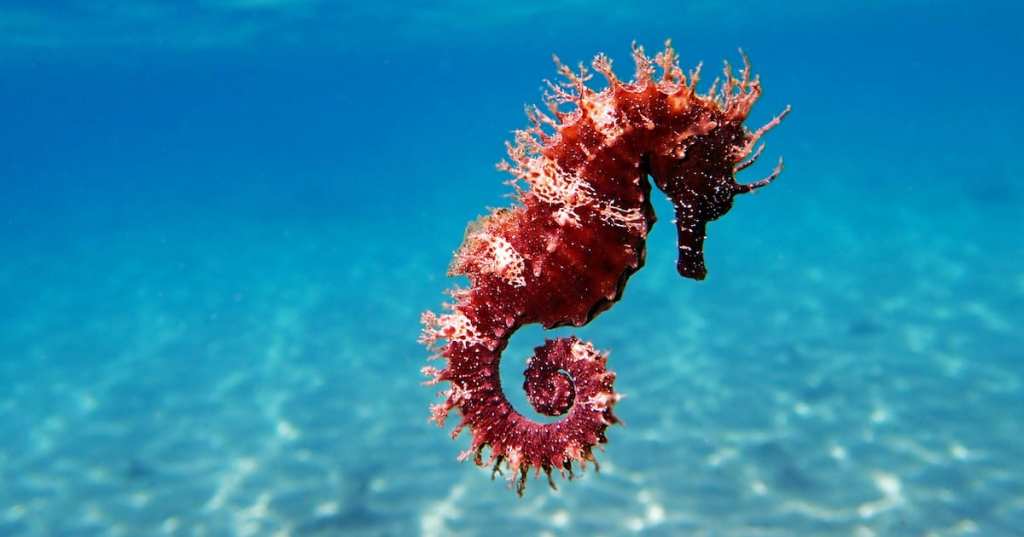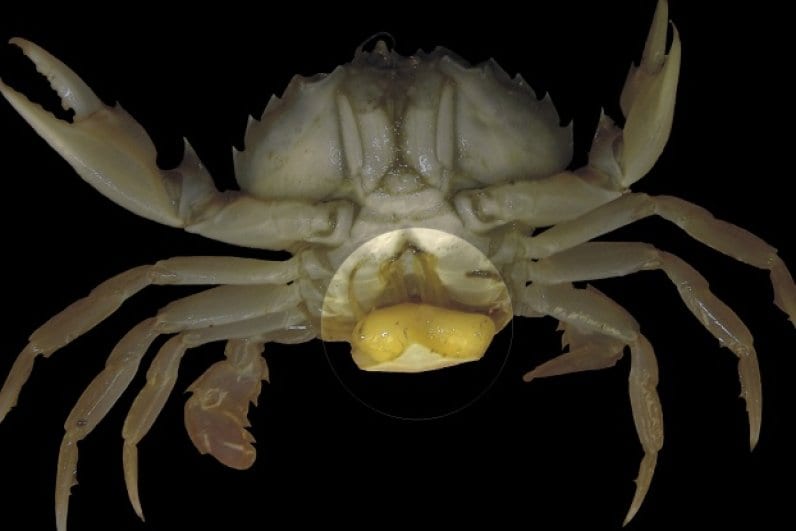If you think too hard about it, all reproduction seems a bit weird, I suppose. That’s why we don’t overthink it most of the time, I’d bet.
That said, even on a scale full of weirdness, these 6 organisms manage to take it to another level.
6. Community Gendering
Fully grown Japanese climbing ferns can be males, females, or hermaphrodites, if no other breeders are around to help out.
In an effort to avoid inbreeding, the older female plants secrete a chemical called gibberellin, which causes all nearby young plants to turn into males – in effect controlling the gender balance of the neighborhood in order to maintain genetic diversity.
Get all that? Good.
5. Hermaphroditism
https://www.instagram.com/p/CFAU7l0JOgZ/
If you’ve seen Finding Nemo, you know that clownfish live in sea anemones, but did you know that generally, pairs don’t live alone?
One male and one female (breeders) live with a group of smaller, male clownfish who don’t reproduce.
If something happens to the female breeder (RIP Nemo’s mom), the breeder male switches its sex and the next biggest male steps up to mate with him (her).
4. Male Pregnancy
https://www.instagram.com/p/CBy6kIWBo_Z/
Seahorses engage in a long, slow courtship dance, entwining their tails and swimming in tandem.
Once their movements have synchronized, the female places a couple thousand eggs into a little pouch on the male, reserved just for incubating them.
He fertilizes the eggs and keeps them safe in his pouch until they hatch, then looks after them until they’re ready to make their own way in the world.
3. Clutch Piracy
https://www.instagram.com/p/BxHDj0JFSNt/
A species of frogs that live in the Pyrenees has more males than females, which has led to one “clutch”of eggs having as many as 4 baby daddies.
When frogs mate, the male typically sits on the females back so that he can immediately fertilized eggs that are laid – but since there are more males than females, the unlucky ones who can’t find a lady to hug go around fertilizing clutches in the hopes some of the eggs were originally unfertilized.
Sometimes they get lucky after all.
2. Possession
A barnacle called rhizocephalans is about to shock (but not delight you) with it’s reproduction methods. It begins when they’re just a larva, floating around in the hopes of passing a crab.
Once it does, it latches on and develops a syringe-ish appendage, which it then uses to inject cells into the crab. The cells make their way to the crabs sinus and begin a root system that eventually spreads through the crab’s body – ending in the spot where a female crab would carry it’s own eggs.
The parasite lays its own eggs there instead. The crab “gestates” the rhizocephalans eggs, all while protecting them like they were their own.
1. Murderous Birth
https://www.instagram.com/p/B8JYDabA42U/
As if wasps weren’t already bad enough, the Hymenoepimecis argyraphaga is a parasitic wasp in Costa Rica that uses a spider – the Plesiometa argyra – to gestate and feed it’s offspring.
The wasp finds a spider, stinging it with a paralytic that lasts for 10 or 15 minutes. During those short minutes the wasp lays an egg, gently attaching it to the spider’s belly.
The spider wakes up and goes about it’s business for a few weeks, until the wasp’s egg hatches, stabs a hole in the spider’s belly, and starts eating it alive.
The baby wasp also injects a psychoactive into the spider, convincing it to spin a web meant to let the wasp spin itself into a cocoon.
The spider dies, and in less than two weeks, this diabolical wasp is fully grown and ready to find another spider to feed babies of her own.
Yeah, so that happened!
I’m a little open-mouthed right now, but I do love learning new things!
Did we leave any weird reproducers out? If so, educate us further in the comments!







